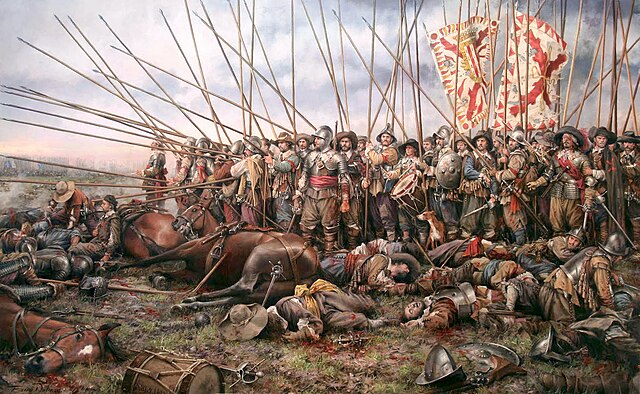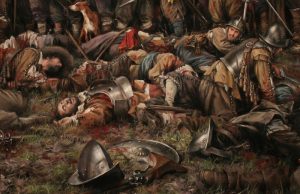The horror of Europe’s bloodiest conflict, the Thirty Years’ War


In the 16th century, Europe witnessed a seismic shift as Latin Christianity fractured into Catholics and Protestants, sparking the bloodiest conflict in its history—the Thirty Years’ War. Fueled by religious fervor and political ambitions, this war devastated the continent. The Renaissance had reshaped perspectives, and technological advancements like the printing press facilitated the spread of ideas. Martin Luther’s unintended revolution, catalyzed by the translation of the Bible into German, set off a chain reaction. However, the war became a maelstrom of power struggles, with factions emerging across Europe.

“Lion of the North” Gustavus Adolphus and the Thirty Years’ War: Fighting the Holy Roman Empire – Part I
Social Consequences of the Thirty Years’ War: Was it Worth it?
The conflict’s brutality is epitomized by events like the massacre in Magdeburg, where the city was razed and its population slaughtered. Gustavus Adolphus of Sweden, a Protestant champion, entered the fray, bringing revenge and further chaos. The war spiraled into a relentless cycle, with mercenaries exacerbating the suffering of civilians. The Peace of Westphalia in 1648 marked the war’s end but left a scarred continent. The Thirty Years’ War, a reflection of human cruelty, reshaped perceptions and left a legacy of devastation that would echo through the centuries.